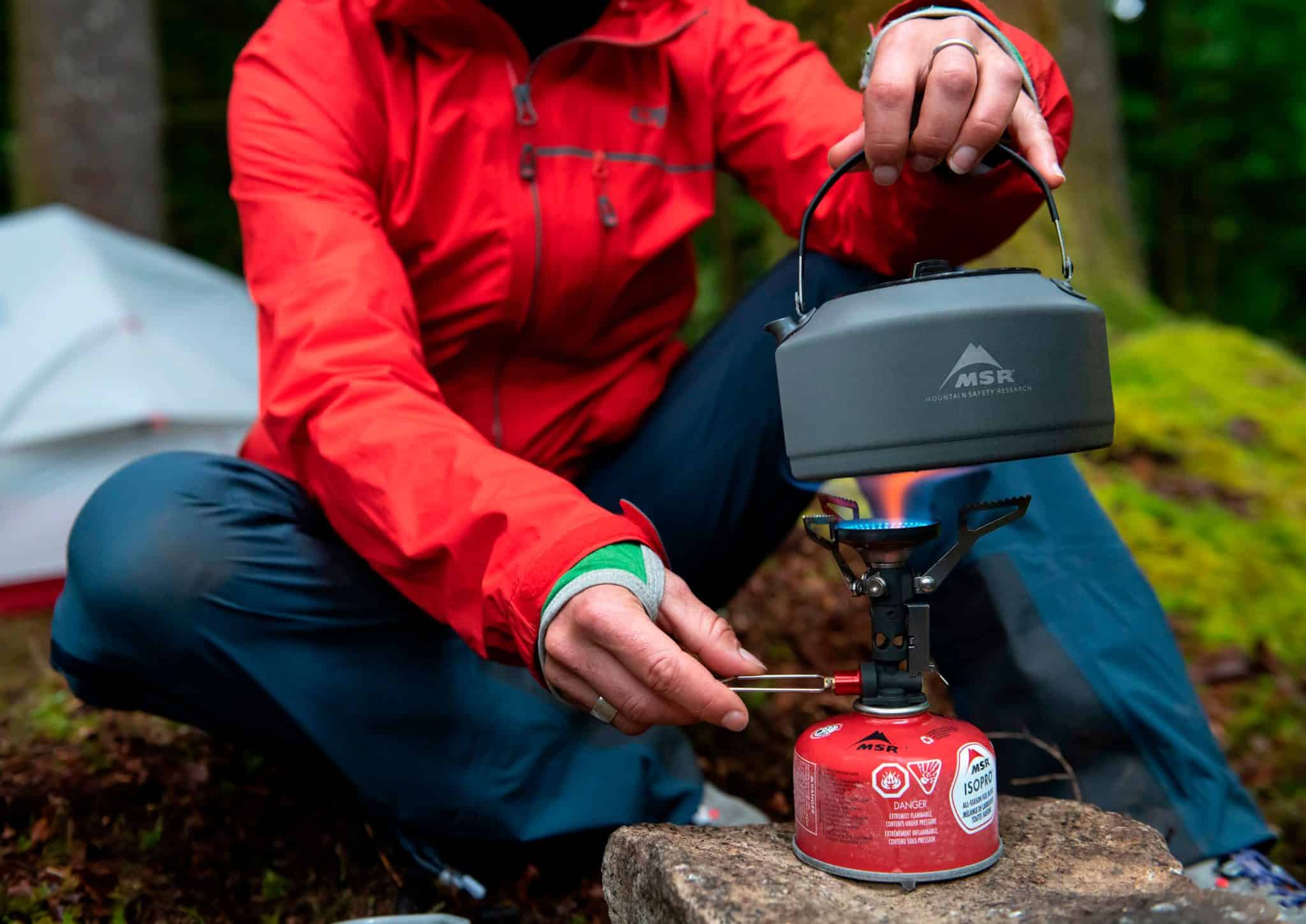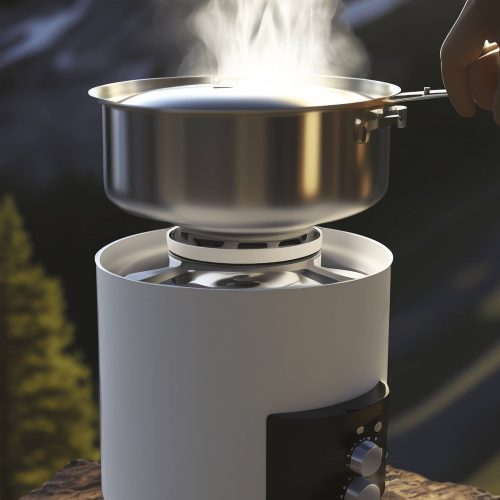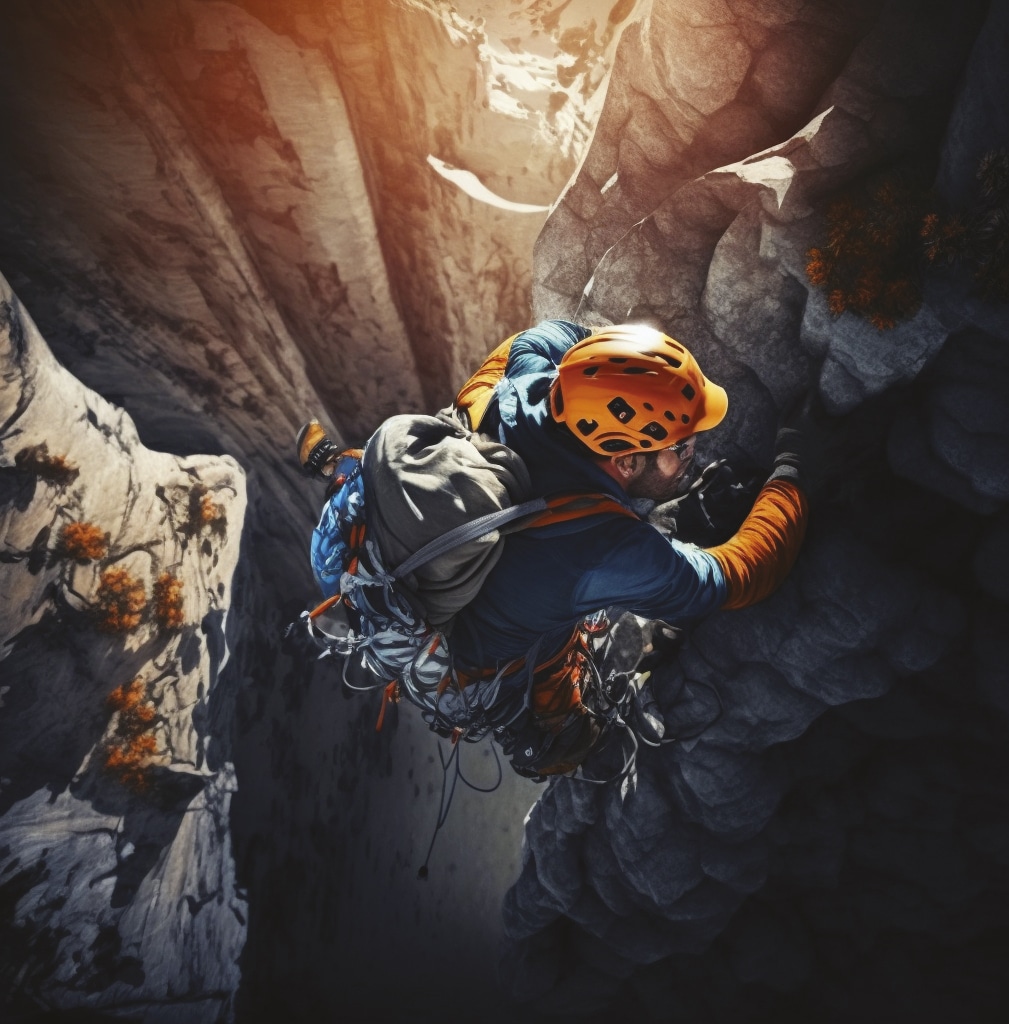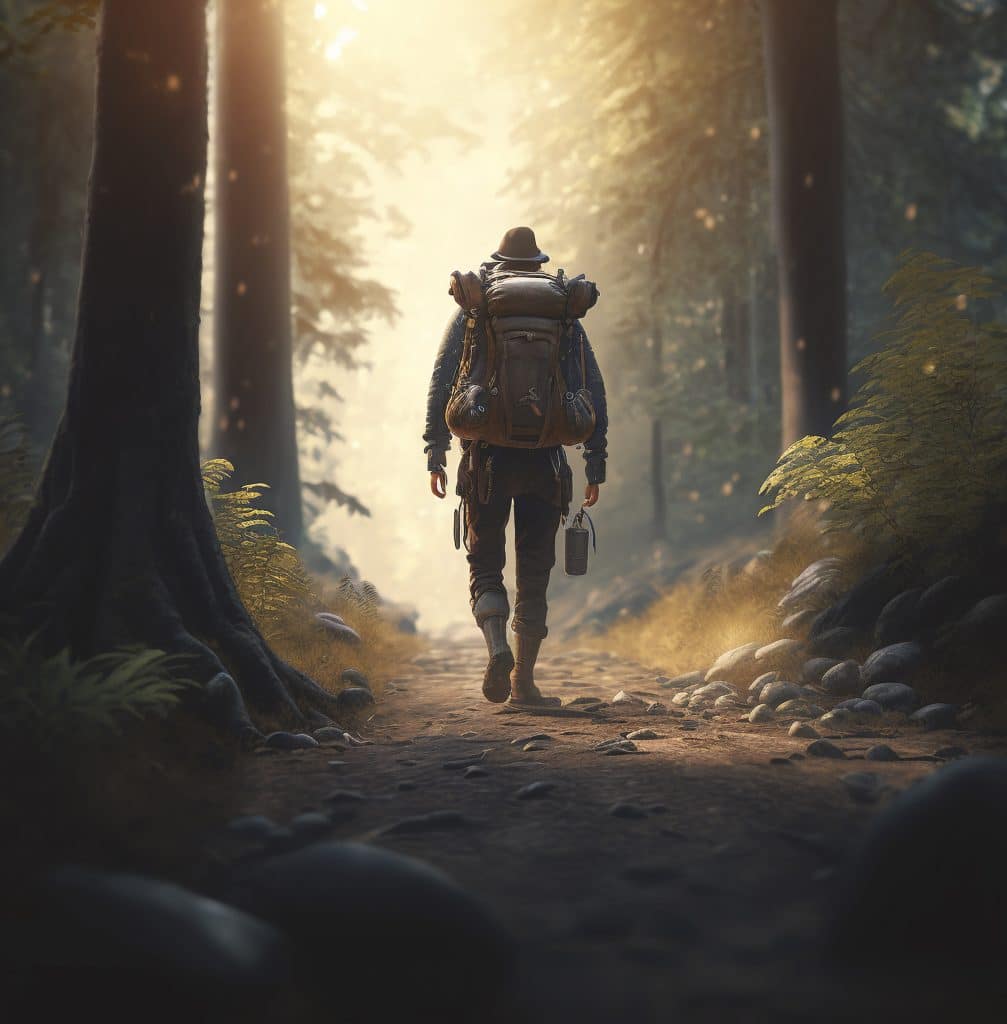Camping innovation
For two decades, we have strived to optimize our methodology and services for a wide variety of clients. In order to give you a better idea of what our current approach looks like and why we are so passionate about it, we compiled a case study.
It is conceived not only to give you a better idea of how we work but also to inspire you and provide answers to some questions you might have about innovation and why it is so essential. Thus, without further ado, we invite you to delve into the first chapter of our Next-big-thing case study.

Chapter 1
1. Camping innovation – The case
Let’s apply the 3-diamond approach to a hypothetical company that specializes in butane gas-based camping cooking solutions.
The company has had stable annual sales, but with the emergence of sustainability trends, energy crises, and changing consumer needs, it faces an increasingly competitive field. In order to remain competitive, the company must consider other consumer needs and technologies that could be a game changer in the industry.

1.1. The future playing field
To effectively address future problems, it is necessary to have a vision of what the future might look like. The first step is to create a map of the future landscape by using various data sources, such as scientific papers, trend reports, web information, and various databases. In this way, we can derive a picture of the future landscape within and around a particular sector and then develop multiple potential future scenarios.
1.1.1. Getting the bigger picture
Today, we live in a connected world, where every mobile device requires charging. Is this something we should factor into the development of a future camping experience?
1.1.2. Consumer needs
Creax used AI-driven contextual analysis to identify emerging trends and themes in the camping gear domain. As part of this research, a consumer forum study was conducted to gain insight into the needs of campers. This allowed for unbiased answers since there were no leading questions in the survey.
Upon extracting over 8,000 topics from a social forum and analyzing them with an AI algorithm, we were able to identify the needs, problems, and emotions related to camping gear. Notable patterns included the current hot topic of fire bans due to wildfires and the need for camping cuisine to switch to a fireless, renewable energy source.
In addition, there were negative sentiments about grills, heaters, power banks, and chargers, as well as suggestions for better charging equipment for electronic devices and combining multiple functions to reduce the number of necessary items.
2. Future needs
Important note: The evolution of needs and technologies is the same for all players on the "camping cooking" playing field. However, the question arises as to what role as a company you want to play in this evolving playing field.

Scenario 1
In the future
Camping cooking will be flameless & powered by renewable energy
Scenario 2
In the future
We won’t have to compromise our comfort & food quality while camping


Scenario 3
In the future
People will want to bring their digital tools with them when they go camping
Scenario 4
In the future
People will want camping nutrition that is tailored to their individual needs & preferences


Scenario 5
In the future
The need for cheap & sustainable cooking solutions will only become more pressing
3. Time to choose
Are you eager for more?
If this article has piqued your interest, follow us on social media and be the first to know when the upcoming chapter is released.

